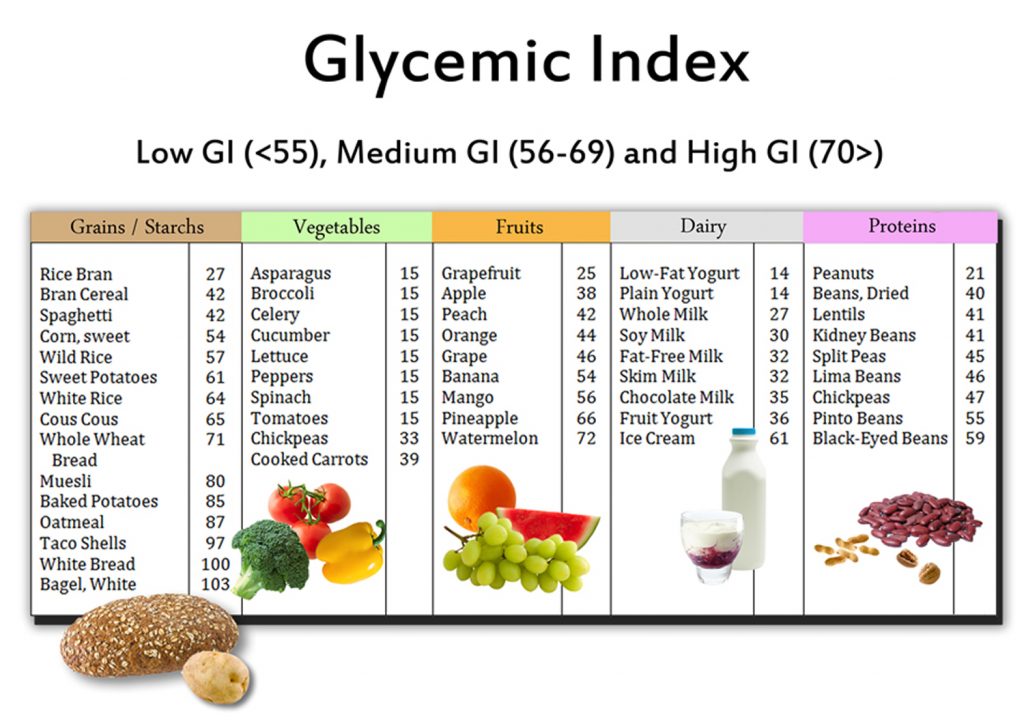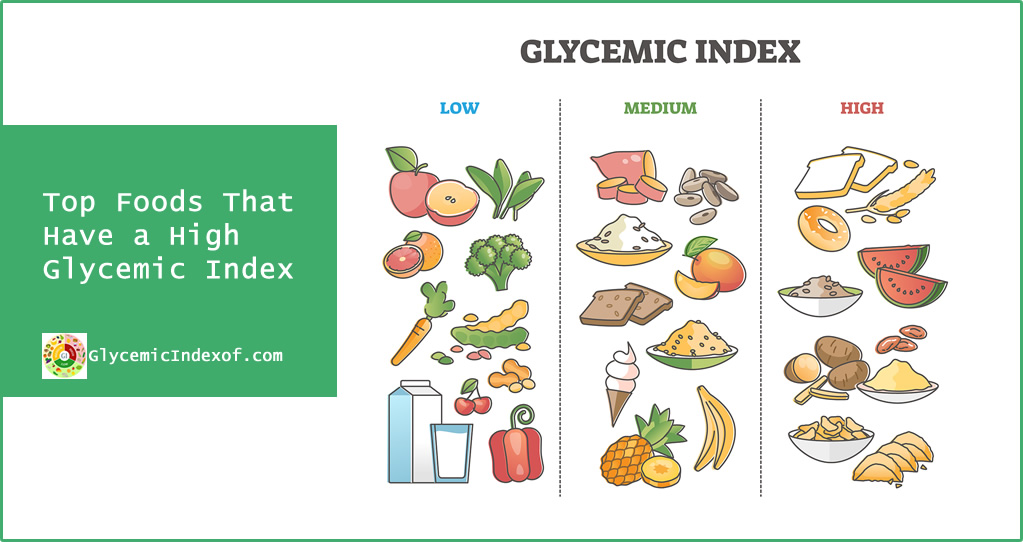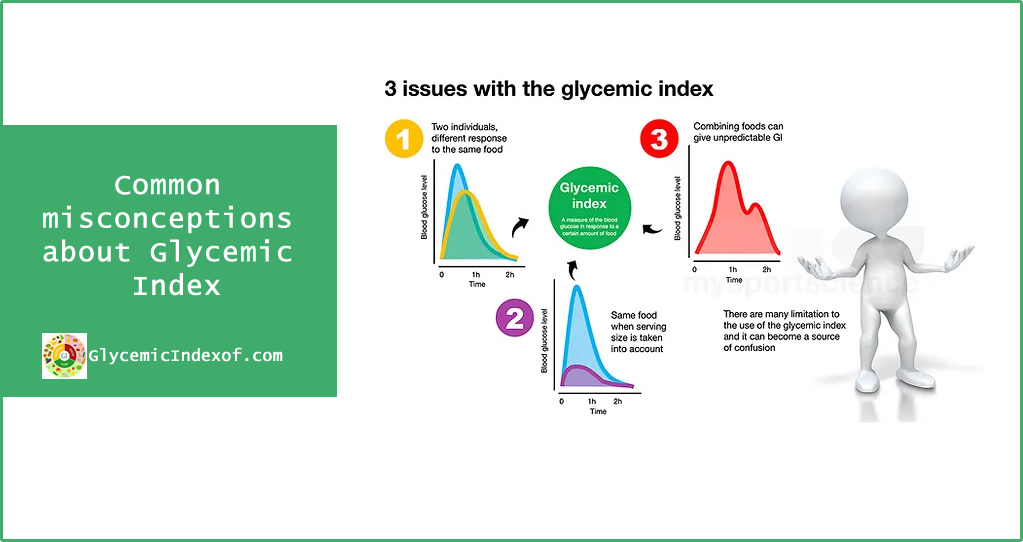Which Rice has the Lowest Glycemic Index?
Rice is a standard part of our daily diet. They can be high in carbs. Yet, some types of rice like the brown rice, and known to be whole-grain foods. Whether it is lunch or dinner, rice is consumed frequently in every house meals. The health benefits that come with rice and the soft juicy taste of rice make them a favorite food for almost everyone. Read more about Which Rice has the Lowest Glycemic Index?.
In many Asian countries, rice is an essential part of the daily meal. Yet, all the countries and cities around the world have introduced various tasty and unique rice recipes. Altogether, we can say that rice is a widely consumed food around the world.
This huge demand for rice has also introduced plenty of varieties n this food. Today, rice is available in different types, including Indica rice, Calrose rice, japonica rice, etc. Other than these multiple varieties, there are plenty of rice products also available in the market. All the different rice products have different GI values. For diabetic patients and dieters, consuming low-GI rice is very important. For this, it is essential to understand how the GI value of rice may be affected. Let’s discover more about the low-GI rice below.
Which Rice has the Lowest Glycemic Index? Types of Rice with Different GI-Values:
Rice is not eaten plain. Instead, rice is consumed with other food items in almost every country/region. So it is essential to understand what rice (or rice products) has low or medium GI values for combination meals. You can understand the GI values of rice if:
- The rice varieties are longer grain. Such rice usually has high amylose content (approx. 19-23%). As a result, such rice has a low-GI value
- The rice varieties are of a shorter grain. These varieties have lower amylose content (approx. 12-19%). So they can have various GI values. This value can be as low as 43 or increase to as high as 96.
Other Factors Affecting the GI-Value of Rice:
Other than the type of rice grain you choose, there are plenty of other factors that may affect the rice GI value. This can include the various types/cooking methods of rice. For instance:
- According to studies, brown rice or parboiled white rice has a medium-GI value. Their GI value can range from 56 – 69. So you can combine such rice with other foods to have a meal with a balanced GI.
- The cooking method also affects the GI value of rice. There are many cooking methods used to make rice, including boiling, steaming, frying, etc. Some cooking methods may increase rice’s GI value, while others may decrease or balance the value. It is essential to understand how you cook your rice before consuming them with other foods. A great way to consume low-GI rice meal is to consume cooled rice with legumes.
Note: you can also consume substitutes of white rice to decrease the GI value of your meal. Some great grain substitutes of white rice include white rice, quinoa, and pearl barley.
Bottom Line – Which Rice has the Lowest Glycemic Index?:
In the end, if you want to consume the lowest glycemic index rice, then you can look for the long grain varieties. Studies show these rice varieties have a lower-GI value, so they are suitable for mass consumption in combination meals. But the types of rice and its cooking style also affects the GI value of rice.
So it is essential to ensure that you are cooking low-GI rice in the right way. For the lowest glycemic index of rice, you can boil and then refrigerate rice before consuming them. In this way, you can maintain your blood sugar levels. So this concludes the topic for Which Rice has the Lowest Glycemic Index?. White vs Brown Rice



